Powered by AI
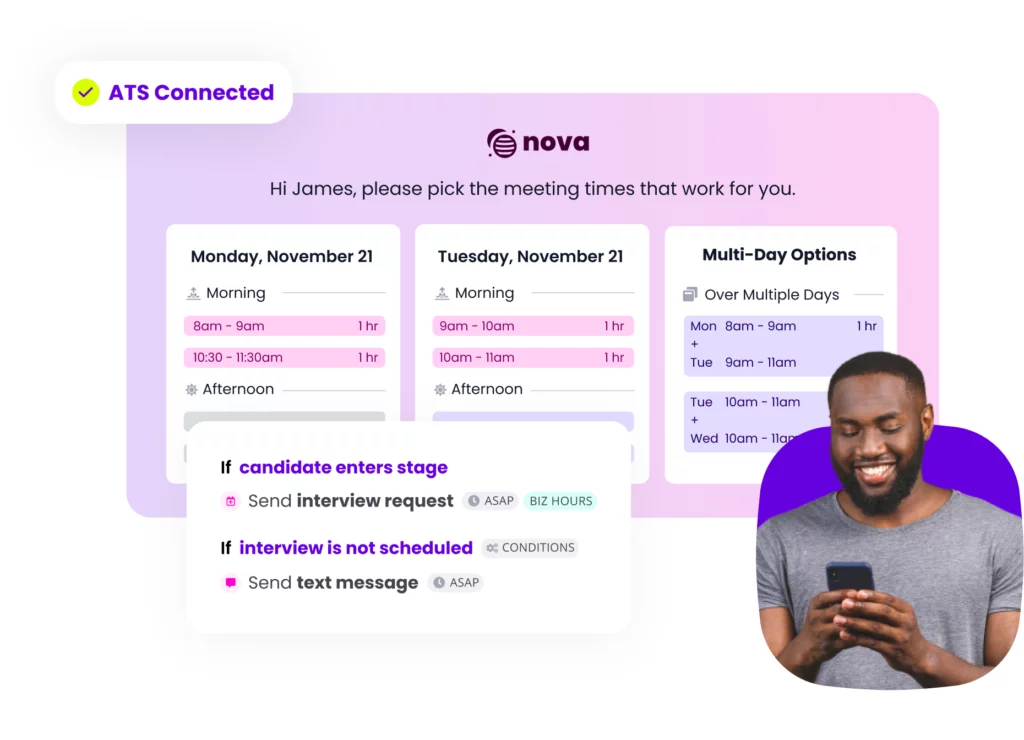
Ridiculously fast interview scheduling and automation for even the trickiest interviews.
EXPLORE HIREBeautifully-branded scheduling links and automation for individuals and groups.
EXPLORE MEETreduction in time-to-fill
reduction in time spent scheduling
more efficient interview scheduling
less time
scheduling
reduction in time spent scheduling

Allie Scheu, Recruitment Coordination Manager
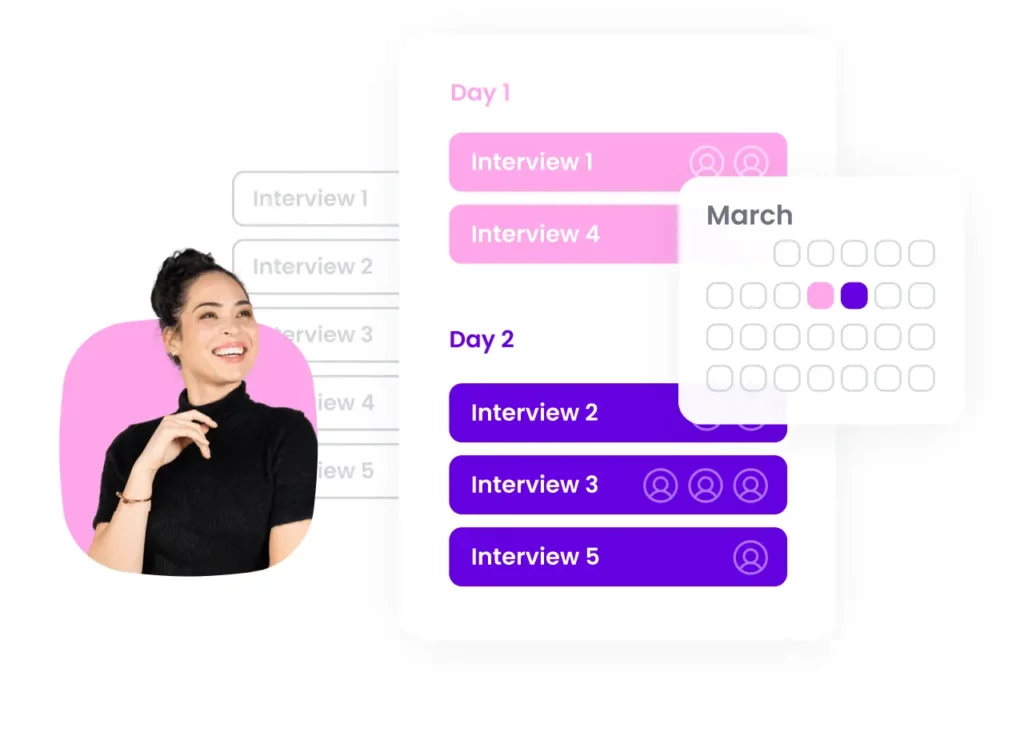
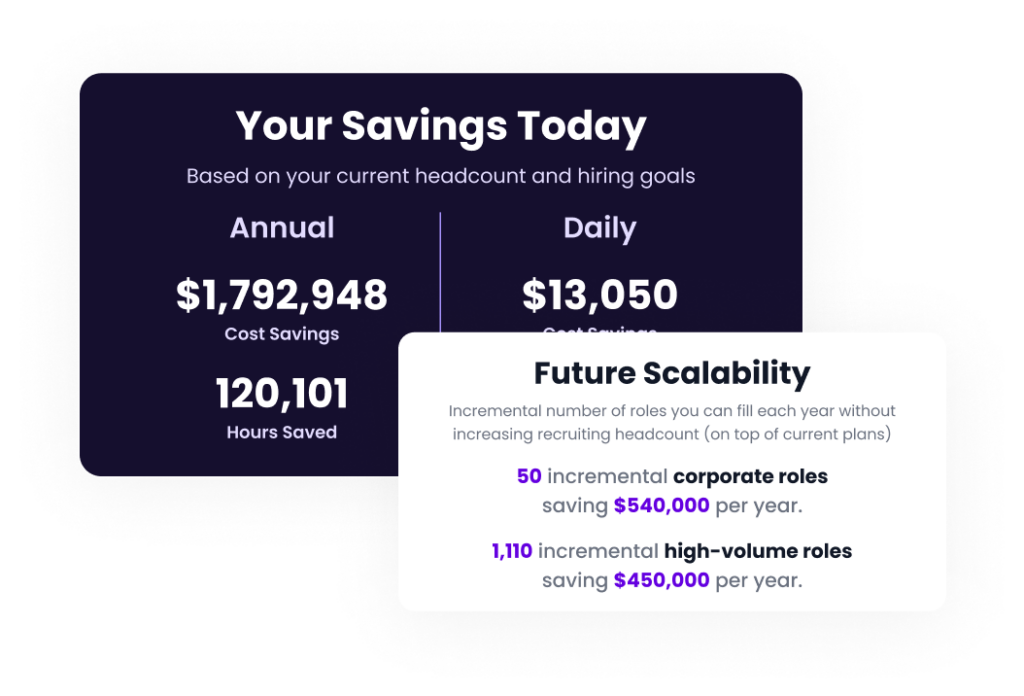
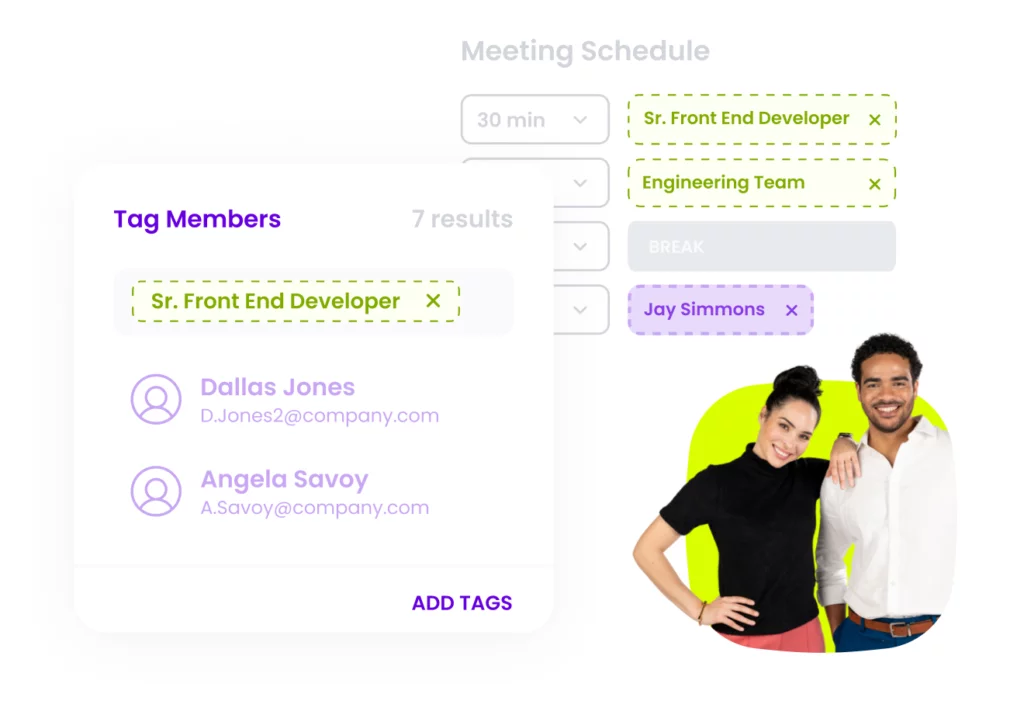

“It’s really transformed how we’re working here at Pinterest.”
Victoria Pérez, Recruiting Coordinator

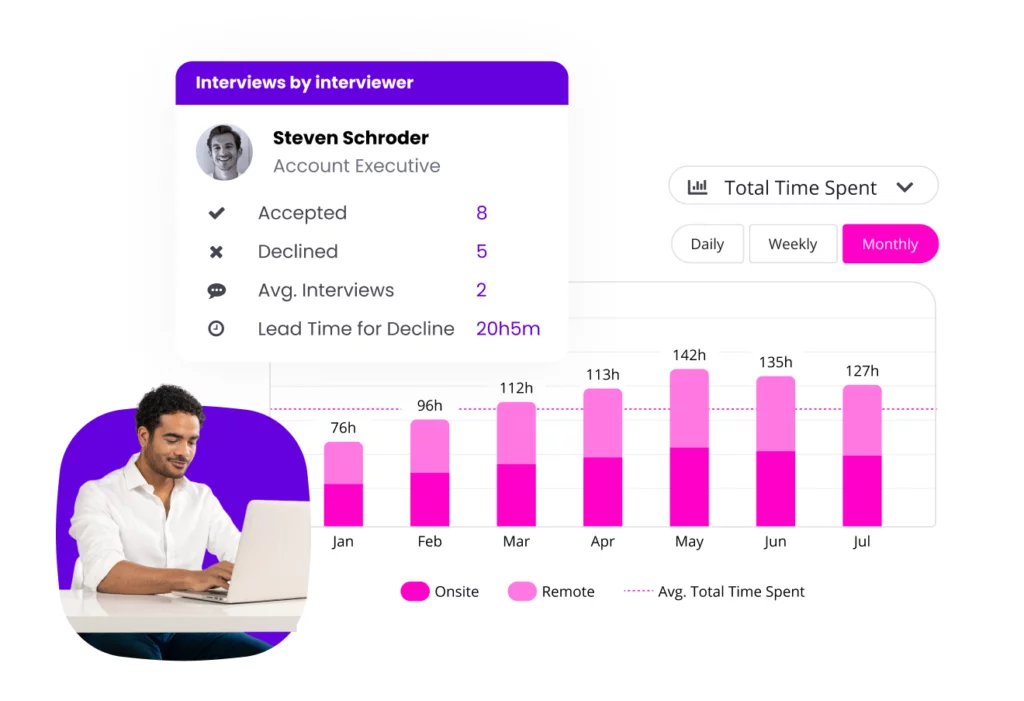


GoodTime plugs right into the tools you already use — your calendar, ATS, video conferencing platform, and more.
JUST RELEASED
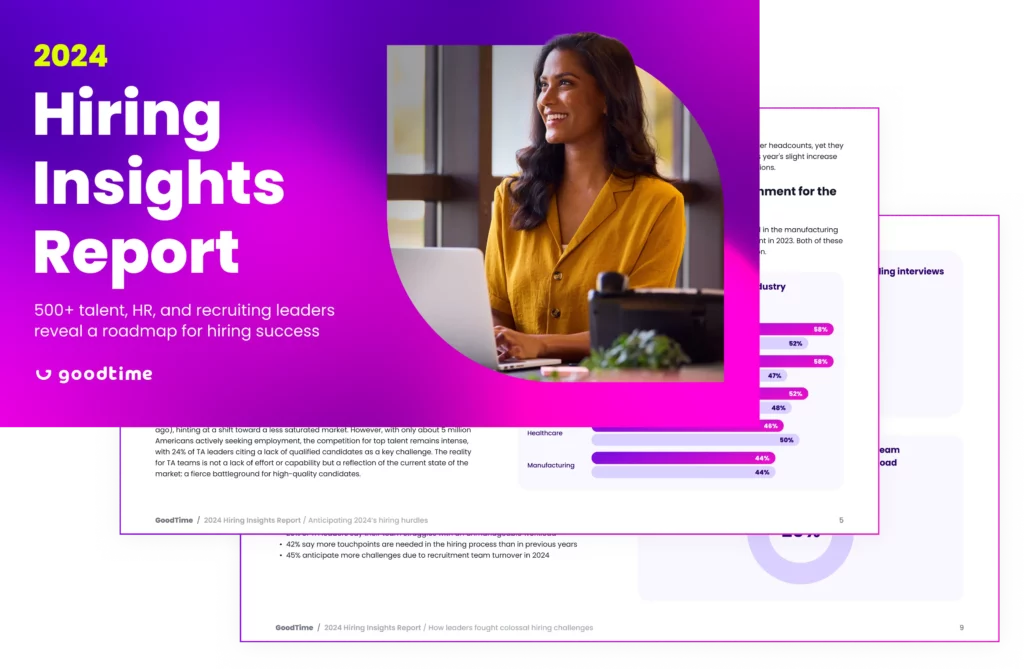





“Great candidate experience, I highly recommend it!”
Computer Software
SMALL BUSINESS





“The GoodTime team has been friendly, helpful, and informative!”
Sr. Manager, Talent & People Ops
MID-MARKET





“It's really user-friendly, so it's easy to pick up and learn.”
Internet
MID-MARKET





“Would never go back to manual scheduling ever again!”
Candidate Experience Lead
Enterprise





“It's GOOD to use GoodTime! I am a huge fan of this platform.”
Recruitment Coordinator
ENTERPRISE